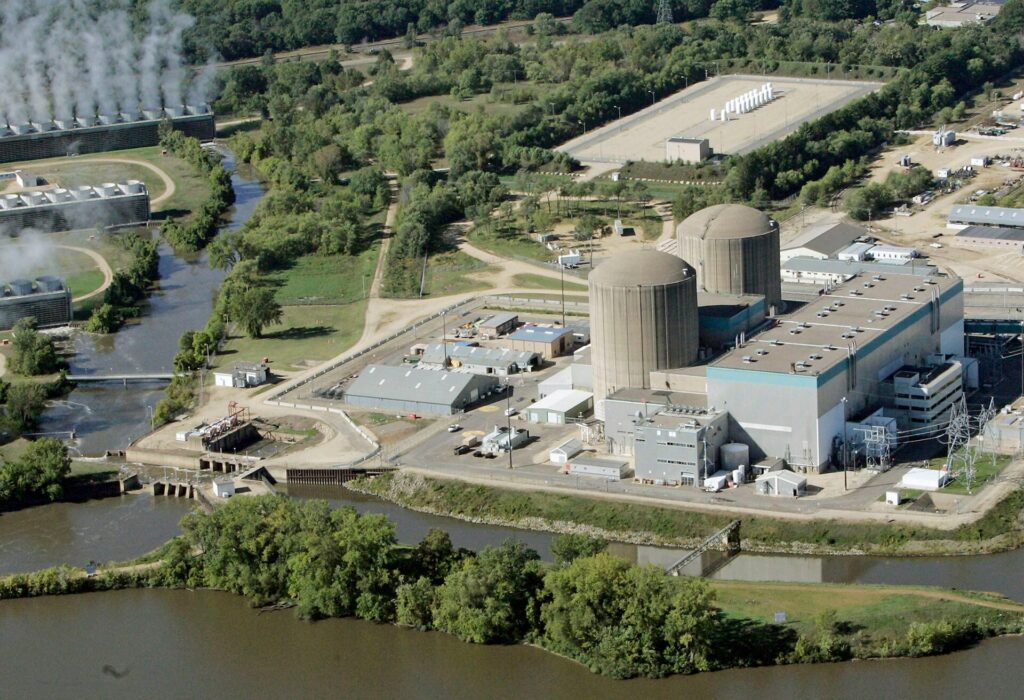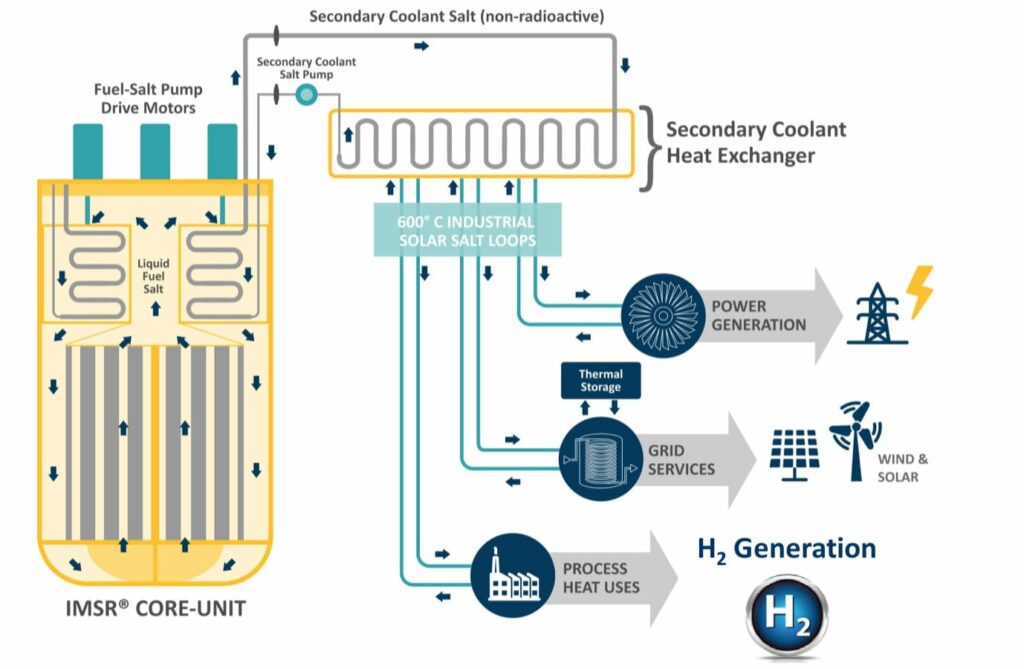In the wake of global warming, it has become increasingly important to find renewable energy to combat climate change. As Minnesota aims to produce and utilize 100% carbon-free energy by 2040, nuclear energy has risen to attention as a possible solution.
Xcel aims to continue operating nuclear plants until the early 2050’s under the impression that nuclear energy will serve the primary carbon-free energy source.

- Proposition based on state need for clean and renewable energy source
- Included adding new wind and solar energy and battery storage to provide backup electricity
- Result of closing coal generators and need for battery storage for increase in energy
- Local concern over continuing nuclear development amid the Monticello nuclear isotope leak and nuclear plants’ long negative history in Minnesota.
There is also rising attention in Nuclear Energy expanding into new technological advancements like hydrogen production as a means to further clean energy.

- Attempt to demonstrate benefits of producing hydrogen with nuclear power
- Aligns with overall push for nuclear energy as leader in clean energy with monetary interest
- Installation happening in collaboration with clean energy technology firm Bloom Energy
- Draws connection between Department of Energy notice of intent to fund bipartisan infrastructure law’s $8 billion program to develop regional clean energy hubs and Bloom Energy announcing development of electrolyzes for use in commercial nuclear power market
“In today’s climate of extreme weather, fluctuating costs, and global energy insecurity, hydrogen offers unmatched potential to leverage existing infrastructure for clean, abundant energy. Combined with Xcel Energy’s nuclear infrastructure, Bloom Energy’s solid-oxide platform—which offers exceptional efficiency—can help us achieve our shared goal of an accessible net-zero future through low-cost, zero-carbon hydrogen.”
– Rick Beuttel, vice president of Bloom Energy
News coverage has seen transformation in the perception of nuclear energy as it has shifted from a means of war and weaponry to a viable solution to create a greener future. However, with this drastic change, media coverage must work extra hard to bridge the historic means for skepticism and concern that surrounds nuclear development.